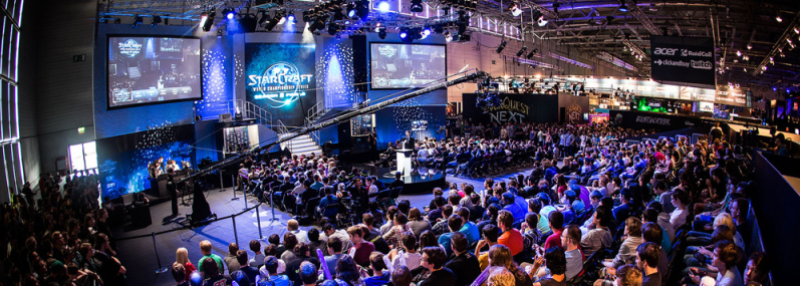GamesBeat: How do you feel about game companies updating games every year, changing them in ways that affect the competitive landscape? And how do you deal with new games being introduced and becoming esports?
Arhancet: If anything, that’s one of the most damaging aspects of short careers for esports players. The analogy would be—what if, right before the NBA playoffs, they moved the three-point line back? It changes the whole game. Players that were used to shooting three-pointers have to adjust. And in esports that can happen every two or four weeks. You just mastered something – you’ve been shooting three-pointers for months – and then all of a sudden they change it. Now you have to relearn, readjust, recognize new patterns. It’s time-intensive, which creates burnout.
That’s a big detriment to player careers. But at the same time, it’s almost necessary to ensure the balance of the game. In the same analogy, if the basket on one side of the court was four feet lower than the other, one team has the advantage. It’s up to a developer to ensure that we’re all playing by balanced rules. That’s why changes happen, to keep fine-tuning the balance associated with the game. As they introduce new champions and new items, that turns the game on its head, and then they rebalance again to ensure fair competition.
GamesBeat: With all the changes in computing interfaces that people are predicting, I start to wonder if different physical skills in games might be necessary. We might have motion-captured control systems that call for real physical strength. Being able to throw a football could become a necessary skill for sports games.
Arhancet: Yeah, I could absolutely see that. It’s interesting to wonder, though. What’s more enjoyable to watch? People intellectually sparring with each other, or people brute-force running into each other? There’s an audience for both.


 Exclusive Accounts
Exclusive Accounts SoloQ Services
SoloQ Services DuoQ Services
DuoQ Services Coaching Services
Coaching Services Dota 2 Gift Only Items
Dota 2 Gift Only Items
Share:
GAMEPLAY UPDATE 7.23c
LGD is putting on sharing their experience